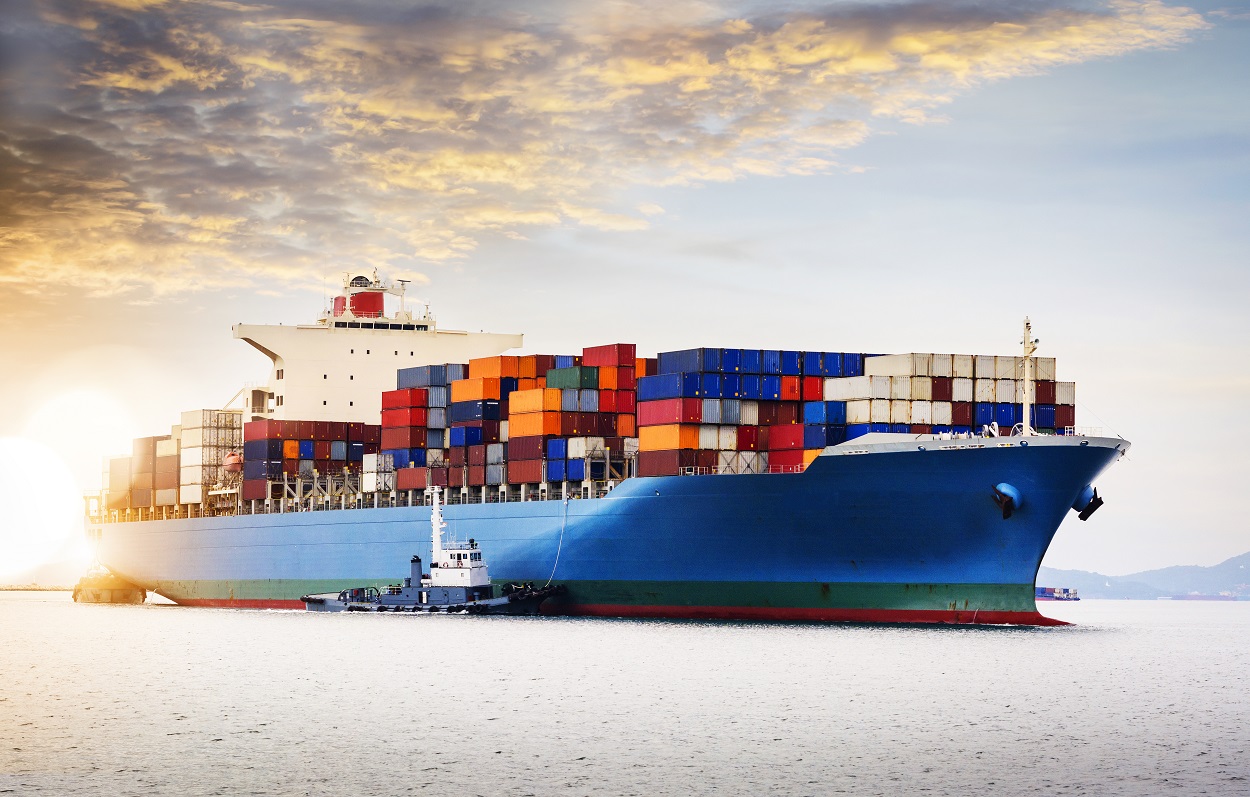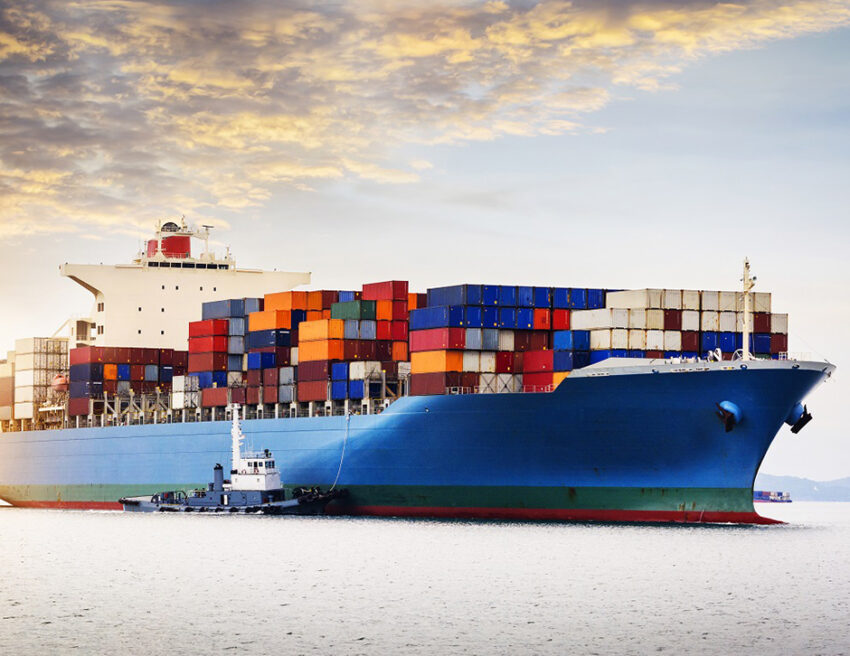The carbon footprint of the ocean freight industry is nothing short of massive and this fact is well acknowledged by the shipowners. Diesel-powered freighter ships are responsible for moving around 90% of the global cargo. This surely explains how the international economy is reliant on the use of carbon-emitting vessels. Moreover, most container ships use sludgy bunker fuel that further increases carbon emission. To sum it up, the ocean freight industry is responsible for 3% of the total global carbon emissions. However, in the next 25 years, this figure will go up drastically and reach a whopping 17% by 2050.
This surely explains why sustainability has become one of the chief concerns of the sea freight shipping industry. The shipowners are now trying to come up with eco-friendly solutions for moving ocean cargo without the alarming environmental impact. The use of wind-powered ships like in the bygone era is coming up as an innovative solution that will lower the risks and environmental impact of the container shipping industry.

The need for alternative green shipping technologies for the container shipping industry
-
Reduce carbon emission and fuel costs
Even since the Ever Given blocked the Suez Canal, international attention was focused on the environmental impact of the shipping industry. The ocean cargo industry is under constant pressure to emit less carbon. Additionally, this industry is also having to deal with the problem of rising fuel prices. The use of wind-powered ships will not only cut down carbon emissions but also cut down the overall expenses of the shipping sector.
Until recently, the most talked-about method for reduced carbon emission was the use of hydrogen-based fuel. However, hydrogen fuel is expensive and not easy to pull off. Wind-powered ships, on the other hand, can make a real difference. This has prompted the ship-building companies to turn back to the most ancient form of seafaring and hoist the sails to move goods all over the world.
-
Make the operations less expensive
The massive container ships entail heavy operational expenses. Moreover, sailing these ships at full capacity makes them enormously heavy and difficult to handle. The blockage of the Suez Canal by the Ever Given clearly demonstrated why this industry needs a change in terms of the size of vessels.
-
Container ships cannot just dock at all ports
Not all ports are deep enough to accommodate the largest container ships. Additionally, the ports also need to be well connected with roadways and railways so as to seamlessly move the unloaded containers. This is an important factor that is making the industry look for other alternatives.
-
Small wind-powered vessels will greatly reduce the loading/unloading time
The loading and unloading process in large container ships takes a really long time. As per a report by the Wall Street Journal at least 3000 workers work round the day for 3 days to unload and load a big freight ship. Additionally, the larger freighters stay in the port for a longer time than the smaller ones. Therefore, they are more prone to miscalculations and delays which takes a toll on customer service.
-
Large container ships cause more greenhouse gas emissions
The massive weight of the container vessels generates a tremendous amount of greenhouse gas. This happens all the more when the ship travels at a greater speed. Although slow sailing leads to fewer emissions, it takes too much time. On the other hand, environmental activists are putting pressure on the container shipping industry to invest more toward the creation of zero-emission vessels.
A look at green ship endeavors around the world
-
Oceanbird
Wallenius Marine AB, a Swedish firm is working on a 200-meter long wind-powered freight ship. However, it will include a backup engine that can be used in case of an emergency. This ship will help to reduce CO2 emissions by 90% as compared to regular diesel-powered vessels. This sail-driven vessel could start sailing the Atlantic in another two years. The 200 m longship will be capable of moving 7,000 cars and might be one of the tallest ships of our time. The wing sails of the Oceanbird rise up to 105 meters above the sea.
However, do not expect to see traditional canvas sails. The sails of Oceanbird look like airplane wings that rise vertically from the deck. This ship will take around 12 days to cross the Atlantic. The diesel-powered vessels, on the other hand, take just 8 days. Although this ship will cost more than the typical vessels, it will lead to much lower operational expenses. Moreover, the governments might soon start imposing taxes on carbon emissions from commercial vessels. In this situation, the wind-powered vessel can be just the right option.
-
Econowind
Econowind in collaboration with Dutch shipping company Schram Shipping is exploring the Ventifoil technology to create wind-powered ships. The ventifoils are wing-shaped elements that are placed within a 40 feet container. It is used to create a high propelling force that enhances the forward force and leads to fuel savings. It is one of the numerous wind-powered solutions for ships and it has tremendous potential for reducing fuel consumption and greenhouse gas emission.
In the words of Gerrit, the co-owner of Schram Shipping, “When we realized the possibility of retrofitting a wind assist unit and how we can save CO2 emissions on our current ship, I was very enthusiastic right away: working with the wind instead of fighting the wind all the time.”
-
Neoliner
French company Neoline is also creating a 136-meter ship that can reduce carbon emissions by 90%. Headed by a team of captains of ro-ro ships, Neoline is also seeking to lower the environmental impact of container shipping by bringing back the past. The Neoliner is a pilot project ship that will highlight the cost-effectiveness of a wind-powered ship and offer stable ocean freight rates regardless of the oil prices. The ship will come with a sail surface of over 4000 square meters. Additionally, they are also working on a second ship with similar specifications.
The small freight ships are going to bring about a revolutionary change in the ocean cargo industry. For example, the small wind-powered vessels will be capable of docking at the smallest ports. This signifies that customers will no longer need to spend on moving the shipments to distant locations. Moreover, their small capacity will result in faster loading and unloading which in turn will minimize delays and assure on-time delivery.


